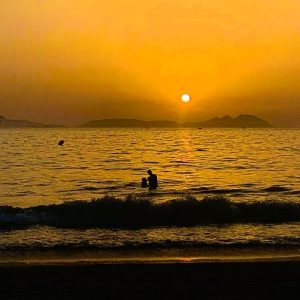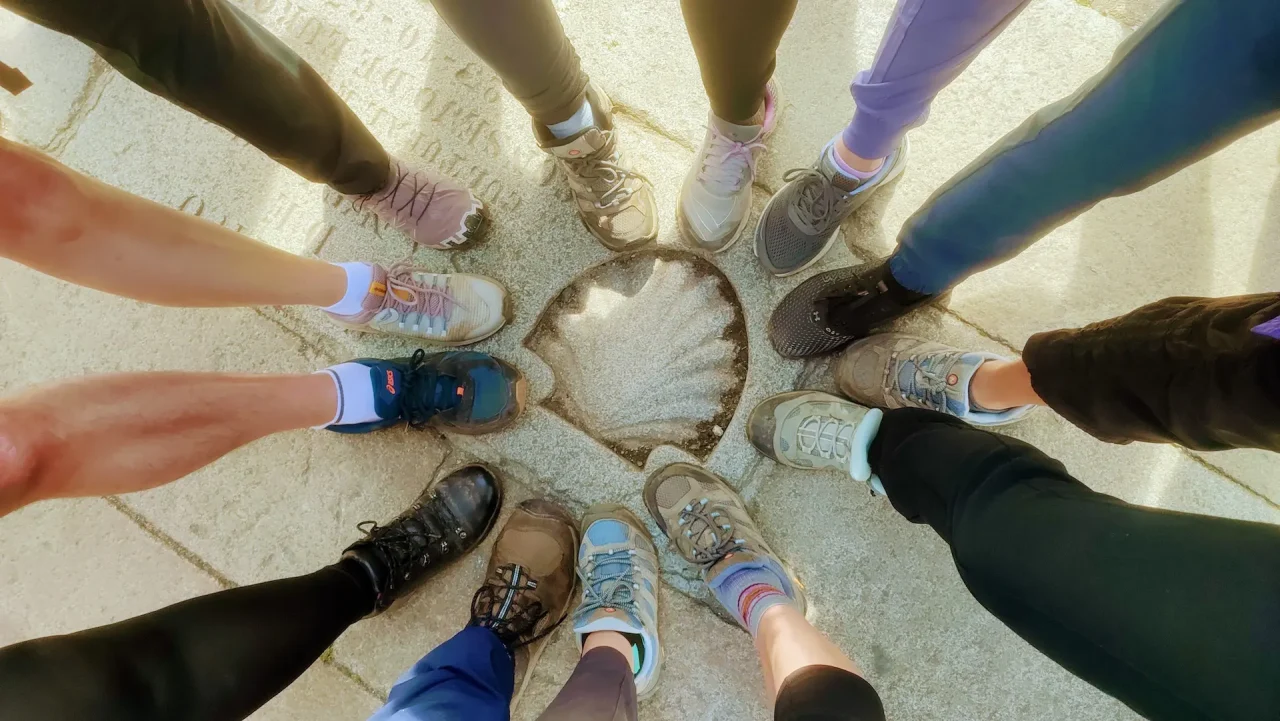
The Camino de Santiago provides a one-of-a-kind opportunity to engage with the nature, history, and, for those who so desire, the profound symbolism of a single route. Galicia Original’s blog, Camino de Santiago: Main Routes and the Spiritual Variant in Galicia, provides personalised, safe, and authentic assistance in selecting the best Camino route for you.
Contents
ToggleRoutes
1. French Way
Approximately 780 miles from Saint-Jean-Pied-de-Port to Santiago.
Duration: It typically takes 30-35 full days, however many people complete it in segments.
Difficulty: Moderate; there are both flat and mountainous parts, particularly at the start in the Pyrenees and upon entering Galicia.
Landscapes and features: It passes through Navarre, La Rioja, Castile and León, and Galicia. Vineyards, plateaus, Galician woodlands, and historical settlements. A large number of hostels and frequent services.
2. English Way
Approximately 120-130 km from Ferrol, with a version from A Coruña.
Duration: 5-7 days if walking from Ferrol.
Difficulty: Low to moderate, with shorter segments and less tough terrain.
Landscapes include the Galician coast, forests, peaceful villages, the sea, and a more intimate arrival at Santiago.
3. Northern Route
Length: 831 km in Spain (Irún to Santiago), northern coastline section.
Duration: 30 to 35 days, depending on the pace.
Difficulty: Medium-high. Frequent ups and downs, coastal terrain with elevation variations, particularly in Basque Country and Asturias.
Landscapes include the Cantabrian Sea, cliffs, fishing communities, northern woodlands, hamlets, and abundant flora. Excellent natural appeal, with increased seclusion in various stages.
4. Primitive Path
The distance between Oviedo and Santiago is around 320-340 kilometres.
Duration is roughly 12-14 days.
Difficulty: High. Mountainous stages, difficult terrain, fewer hostels than the French or Portuguese courses, and physically hard.
Landscapes in inland Asturias and Galicia include mountains, rivers, natural nature, a sense of seclusion, and plenty of authenticity.
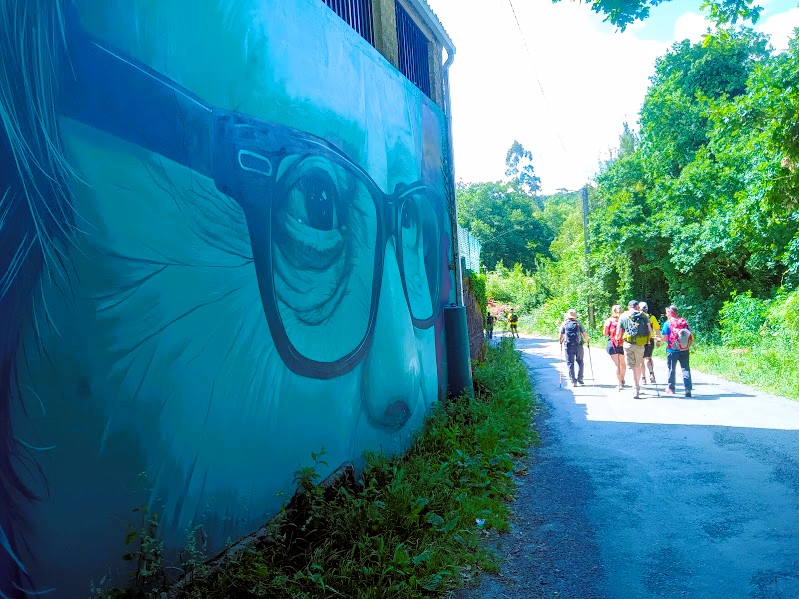
5. Winter Road
The Sil River valley connects Ponferrada with Santiago de Compostela over a distance of 263 kilometres.
Duration: ten days.
Difficulty: moderate to high, due to mountainous terrain, changing weather, and less-traveled paths.
Landscapes include inland Galicia, rivers, beautiful forests, small towns, less tourists, peace, and a link to the authentic.
6. Via de la Plata
Length: varies greatly depending on the starting point. It normally takes about 1,000 to 1,000+ kilometres to get from Seville to Santiago.
Duration: 5 weeks or more, if finished entirely.
Difficulty: time, logistics, and physical endurance are all significant challenges, despite the fact that many segments are flat.
Landscapes: Extremadura, Castilla-La Mancha, Castilla y León, and Andalusia, with very distinct temperatures, diverse civilisations, Roman-era towns, hot baths, and dramatic contrasts.
7. Portuguese Way
Length: roughly 620 km from Lisbon and 240-260 kilometres from Porto.
Duration: around 10-14 days from Porto; several weeks if completed in full.
Difficulty: Easy to moderate. Better infrastructure than many less-traveled roads; pleasant environment; coastal or inland routes.
Landscapes include historical cities, vineyards, seashore, picturesque villages, and Portuguese and Galician cuisine.
8. Spiritual variant of the Portuguese Way
The route is approximately 70 kilometres long and broken into four phases (one of which is maritime-fluvial) from Pontevedra to Santiago, with walking sections and a boat journey in between.
Key attractions include the Ruta da Pedra e da Auga, the Armenteira Monastery, coastal settlements like Combarro, a maritime stage along the Ría de Arousa to Pontecesures, the Ulla River to Padrón, and Santiago.
The difficulty is moderate. There are challenging sections, slopes, long miles of road, wind in the estuary, and the necessity to manage boat schedules.
What makes it so appealing is the symbolism of the maritime/river length, the combination of coastline, river, and woodland scenery, the history; fewer crowds, a stronger sense of closeness; and breathtaking roads such as the Ruta da Pedra e da Auga.
Quick comparison table
| route | approx. distance | days | difficulty | What you’ll love | deal for |
|---|---|---|---|---|---|
| French | 780 km | 30–35 | Moderate | History and mediaeval villages | Those seeking a complete experience |
| English | 120 km | 5–7 | Low-moderate | Short, peaceful route | Those with limited time or seeking tranquilly |
| North | 825 km | 32–35 | High | Cantabrian Sea, nature | Experienced hikers and nature lovers |
| Primitivo | 313 km | 12–14 | High | High Oldest route, mountains | Those seeking less crowded routes and physical challenges |
| Winter | 260 km | 12–14 | Moderate-High | Unique landscapes, Ribeira Sacra | Those seeking tranquilly and unique scenery |
| Vía de la Plata | 1000 km | 40+ | Moderate-High | Roman route, warm climate | Pilgrims with time and history enthusiasts |
| Portuguese | 240 km | 10–14 | Low–moderate | Coastline, Portuguese culture | Hikers seeking coastal scenery and tradition |
| Spiritual variant | 73 km + boat | 3+ | Low–moderate | Mixed landscapes, symbolism | For those seeking a symbolic and less-traveled experience. |
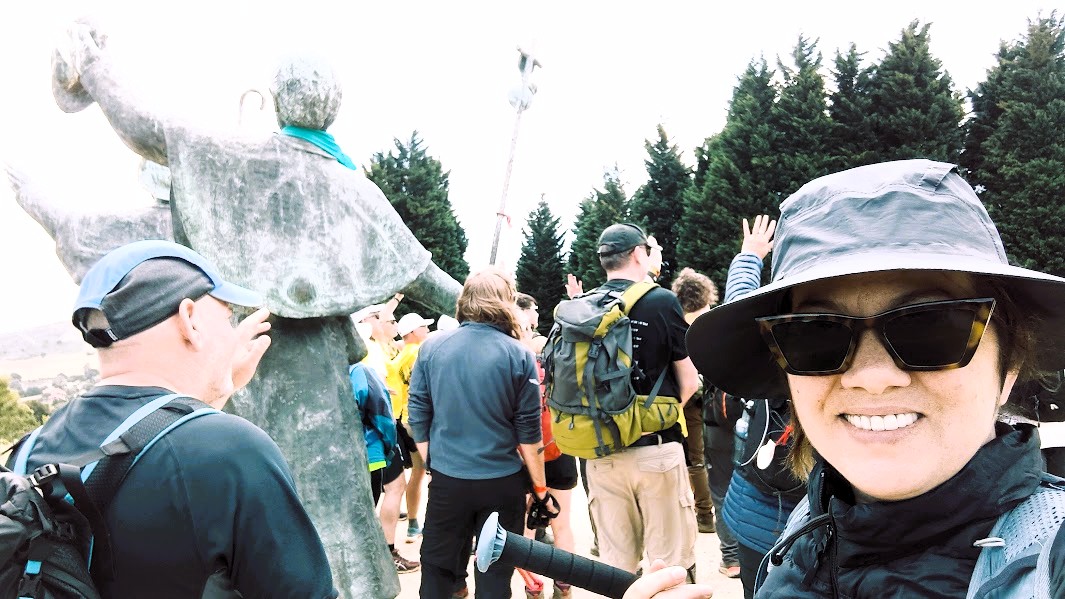
How to Choose Your Path with Galicia Original
To identify the best path for you, we recommend that you consider:
If you just have a week, learning English or a portion of Portuguese is good. If you have 3-4 weeks, full routes like French or the Vía de la Plata are recommended.
Physical fitness: some routes have long, difficult sections, while others are easy.
What type of terrain appeals to you: coast, mountains, inland, sea, or river? Galician, or mixed.
Level of tranquilly or crowds: certain routes are extremely busy (the French, some sections of the Portuguese), while others are significantly more solitary (the Primitivo, the Spiritual Variant).
Desire for something symbolic or personal: the Spiritual Variant provides unique symbolism through its sea/river stretch and the Traslatio tradition, while other routes include cathedrals, monasteries, and living history.
With Galicia Original, you can turn your Camino dreams become reality
At Galicia Original, we are here to assist you make your experience authentic and well-planned.
We also organise high-quality, pleasant, and environmentally responsible accommodations.
If you want backpack transportation, we can arrange reservations, stages, maps and local guides who are well-versed in Galicia.
We tailor the schedule to your pace, priorities, and preferences: you can mix routes or select variants such as the Spiritual Variant if they suit you.
Furthermore, we provide tailored recommendations to help you plan (what to carry, when to travel, the best times, and how to prevent surprises).
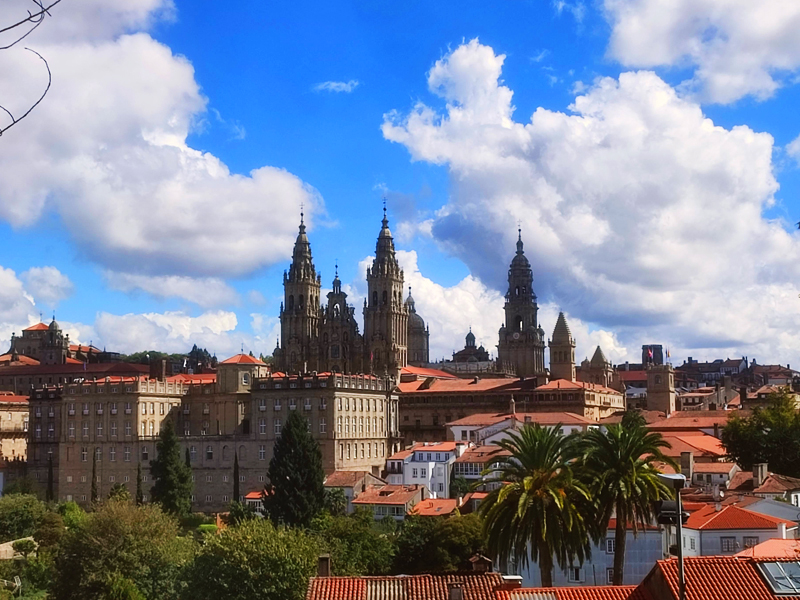
Walking the Camino de Santiago can be both an exterior and internal adventure, a journey that will change you. Whether it’s the French Way with its history or the Spiritual Variant with its symbolic sea section, every step has the potential to touch something within. The physical destination is Santiago, a stunning city that welcomes and embraces pilgrims. You established the spiritual objective.
Would you like to try one of these routes? Contact Galicia Original and let’s collaborate on creating the Camino you’ve always wanted to experience. Have a nice Camino!

